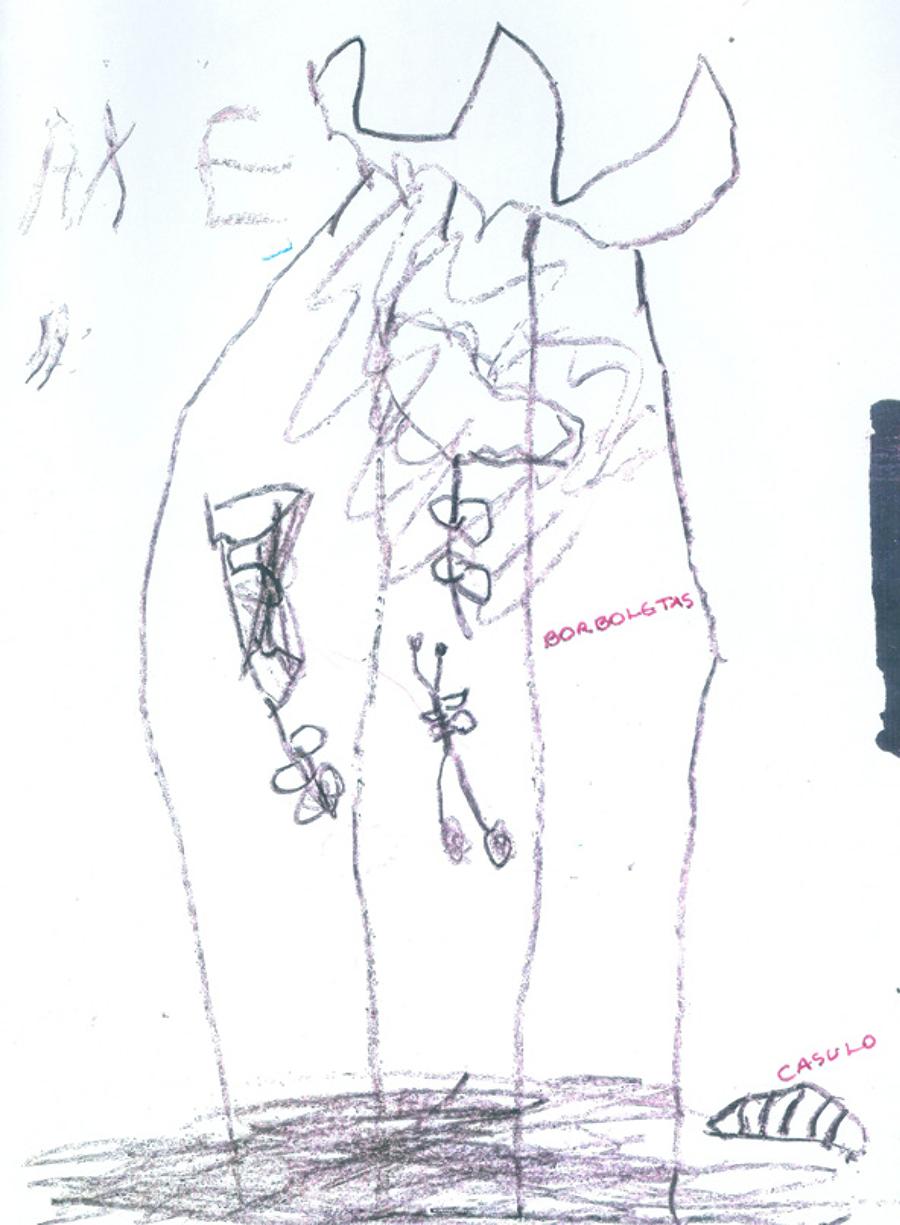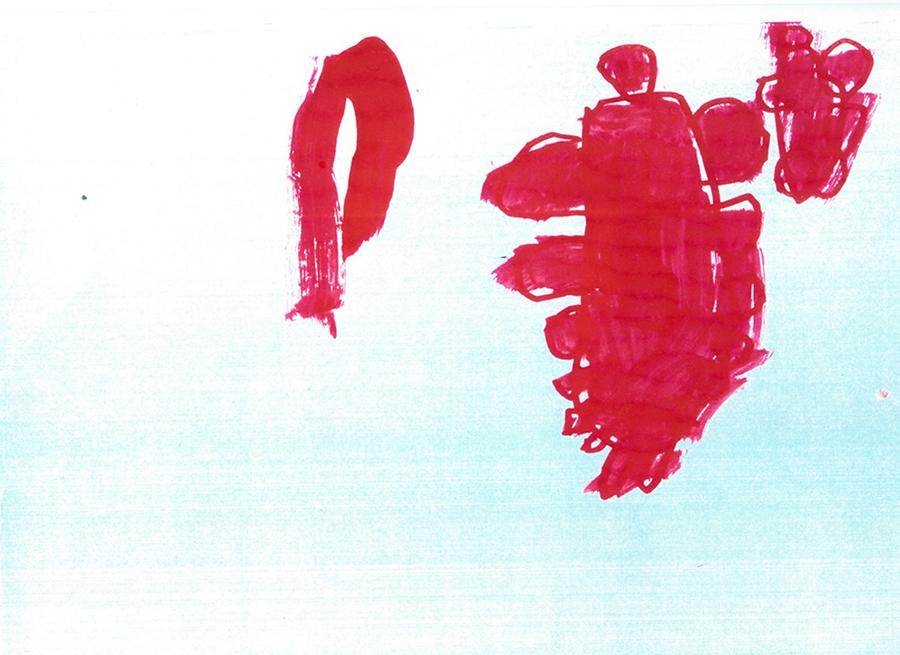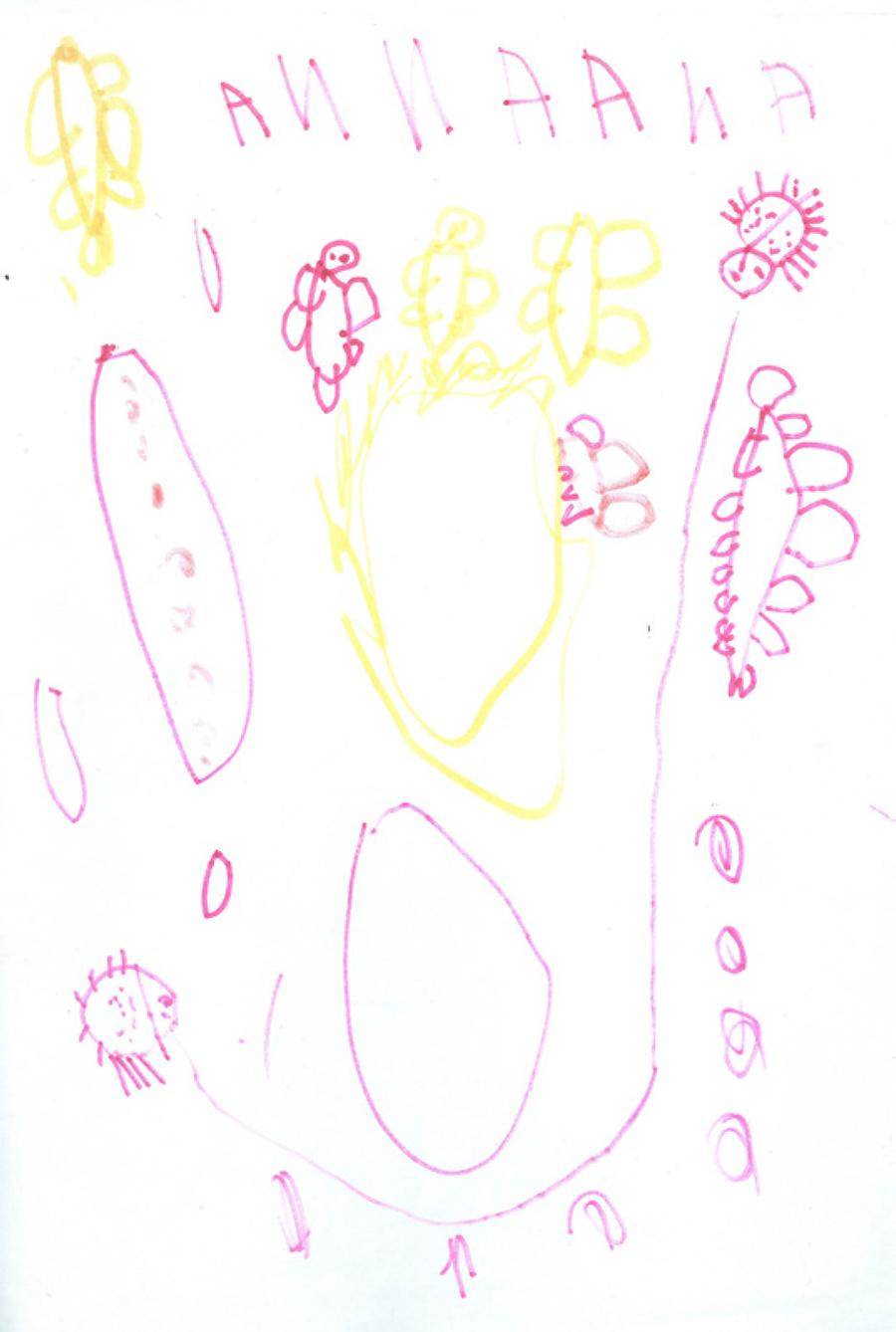In this paper we discuss, from the theoretical framework of Vygosky, how the process of attributing meanings to butterflies occurs among two four year old children that differ and use contrasting modes of language: a boy who drew pictures a lot and spoke very little and a girl who spoke too much and drew pictures very little. Taking into account the two forms of expression allowed us conclude that in both cases there were internalizations of biological knowledge. We believe that it was only possible to make these findings as a result of methodological precaution that we have had to "give voice" to children through different languages, which enable both the girl and the boy to assign meanings to the insects studied. From this analysis, we present some of the necessary conditions for the development of science activities with children.
Childhood education; Science teaching; Verbal language; Children's drawing; Research methodology










